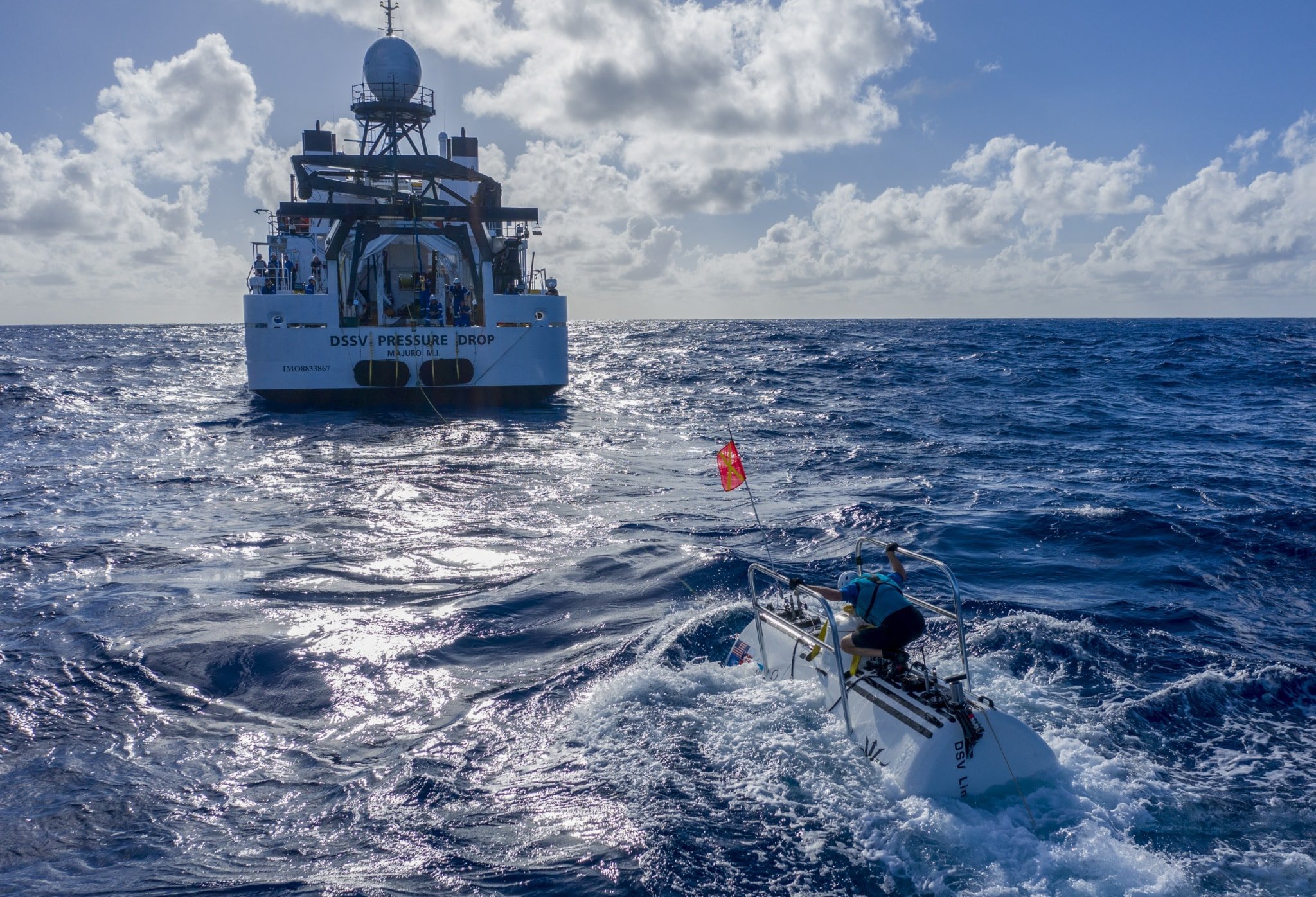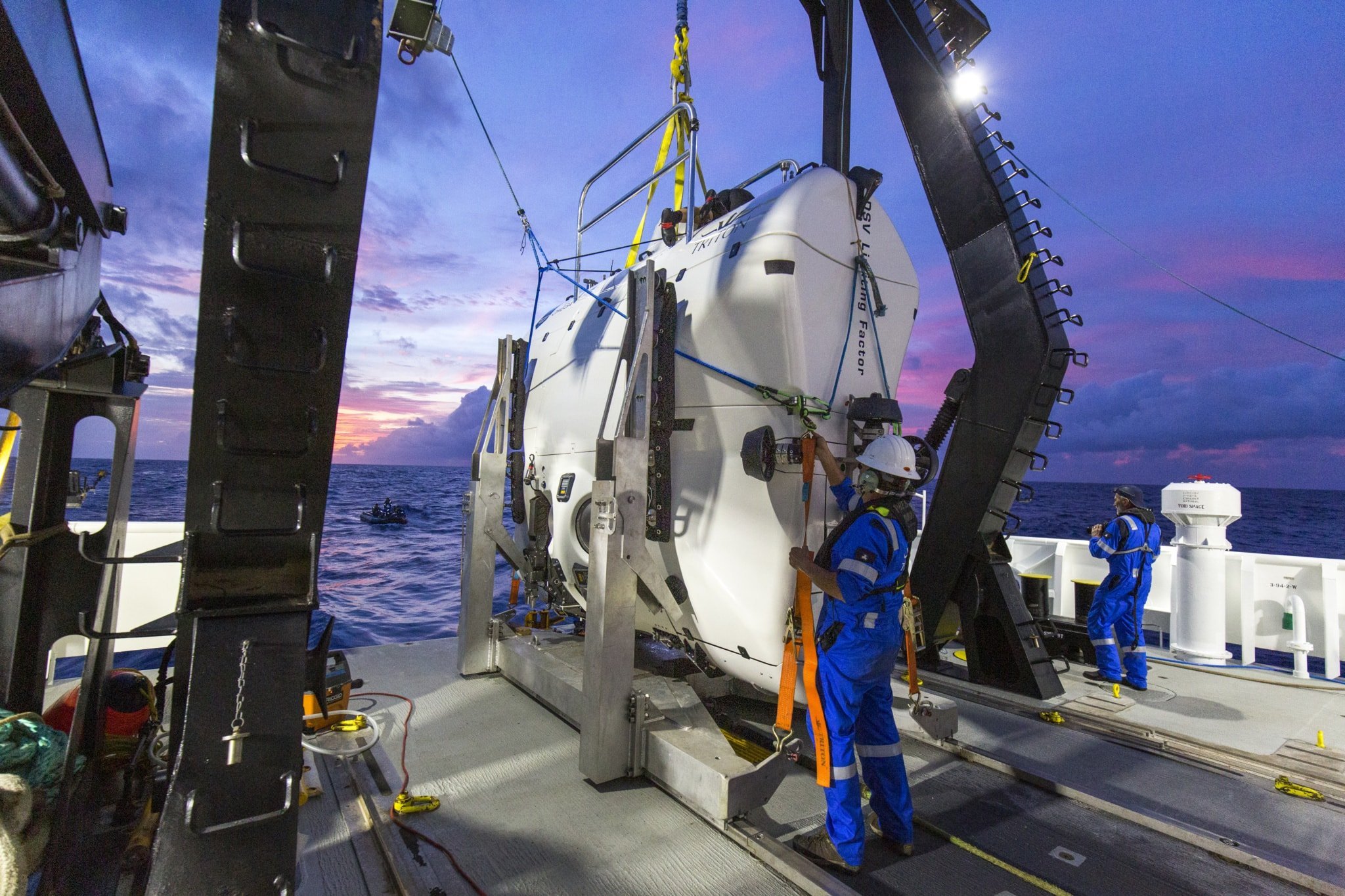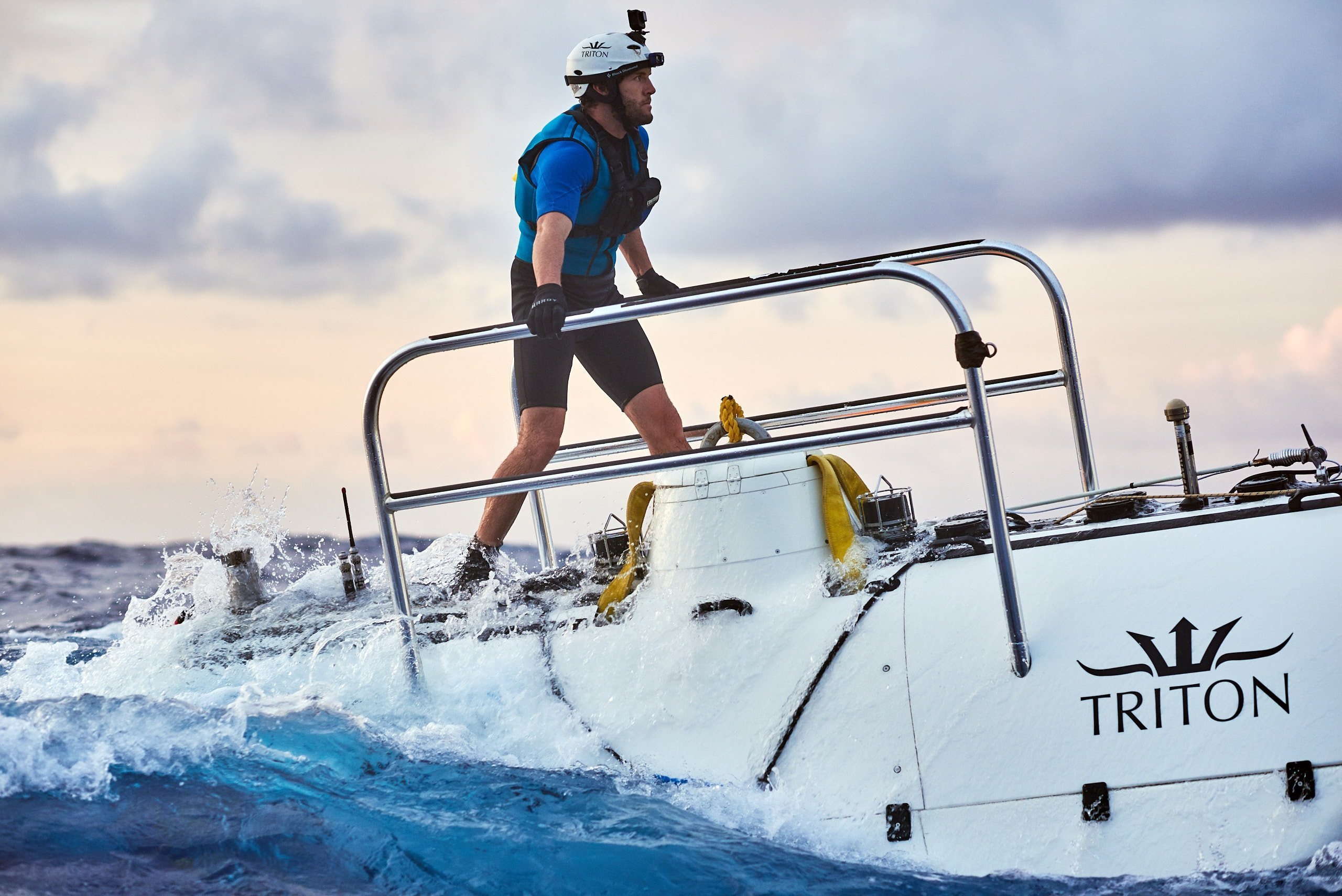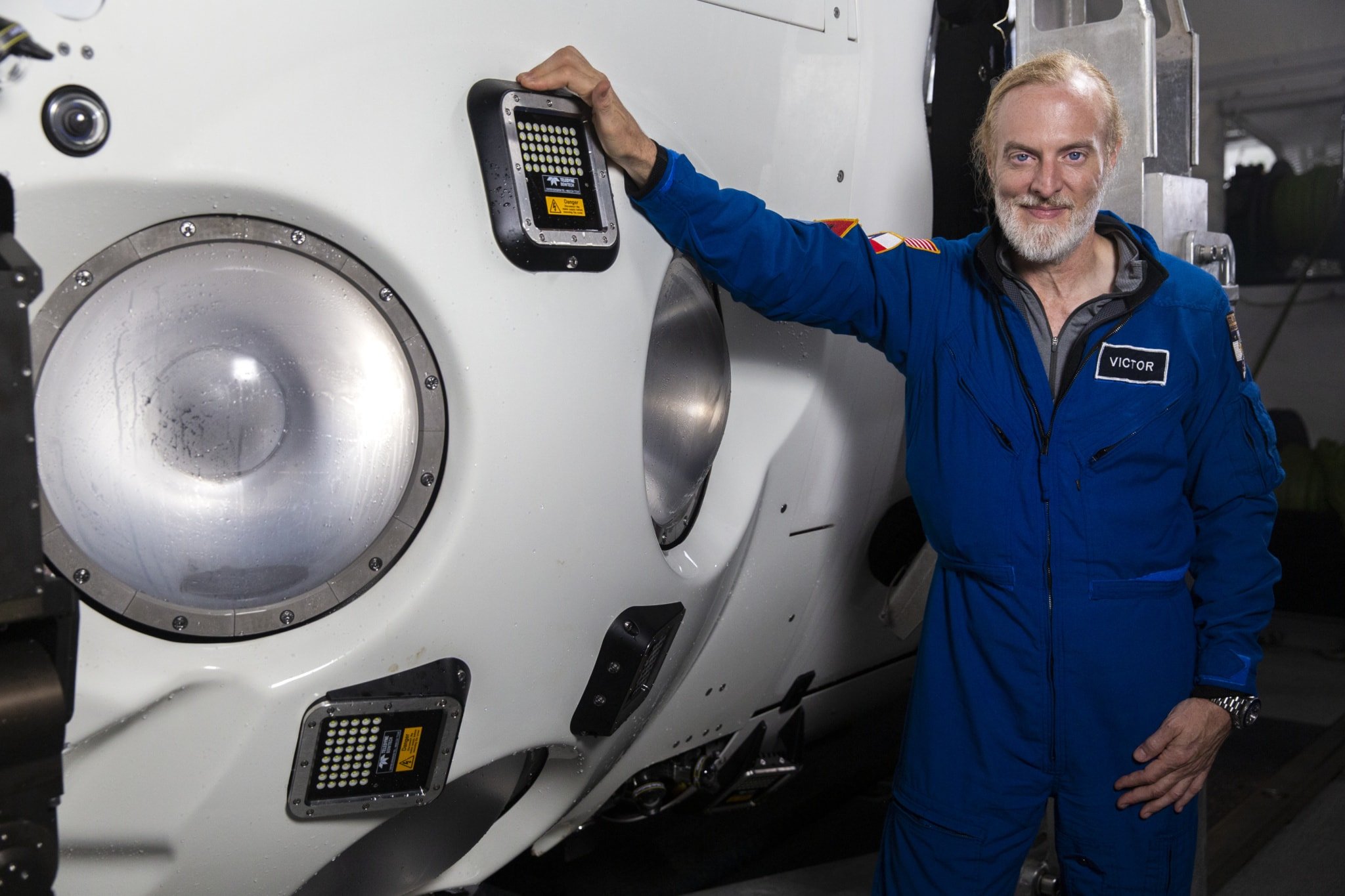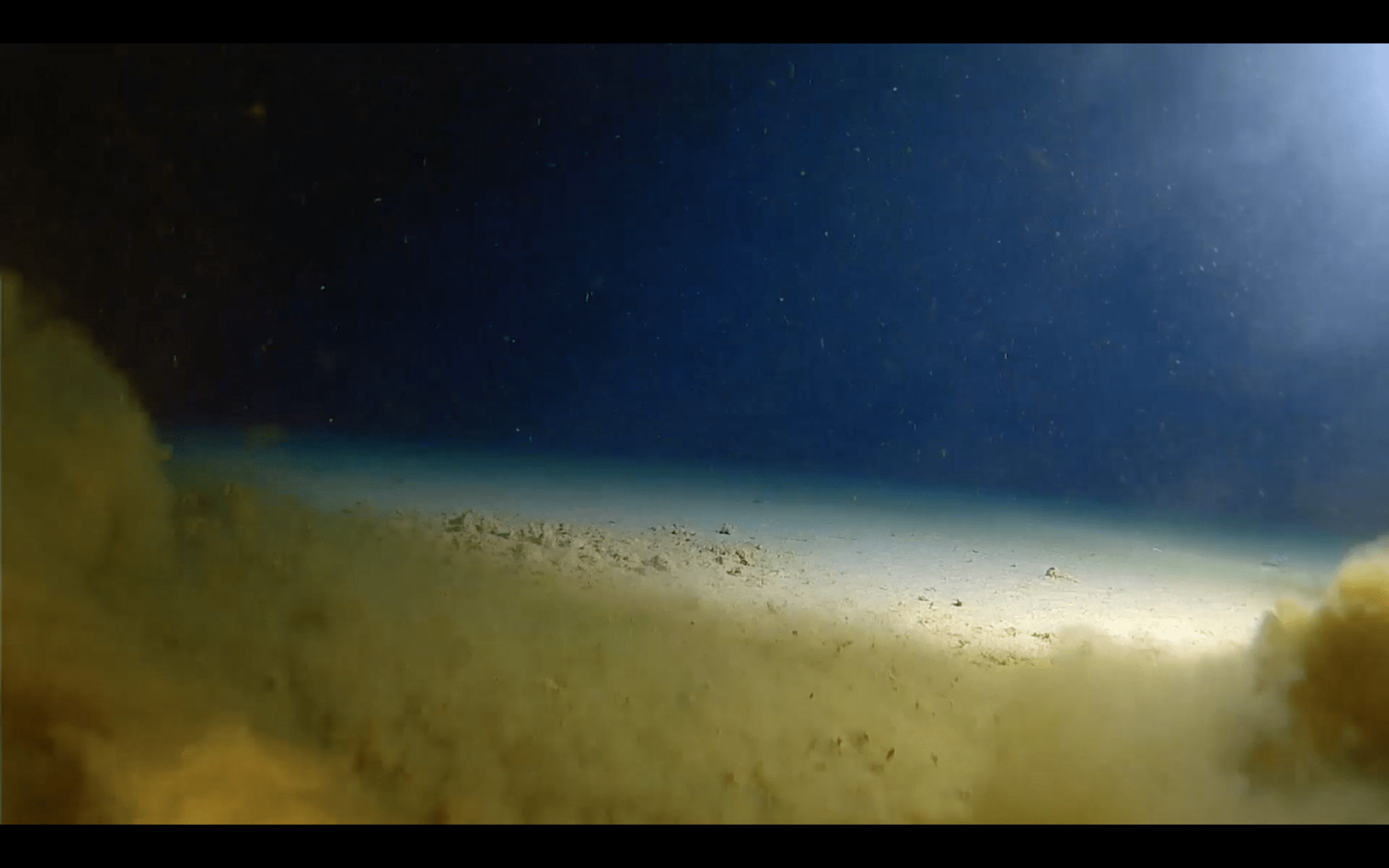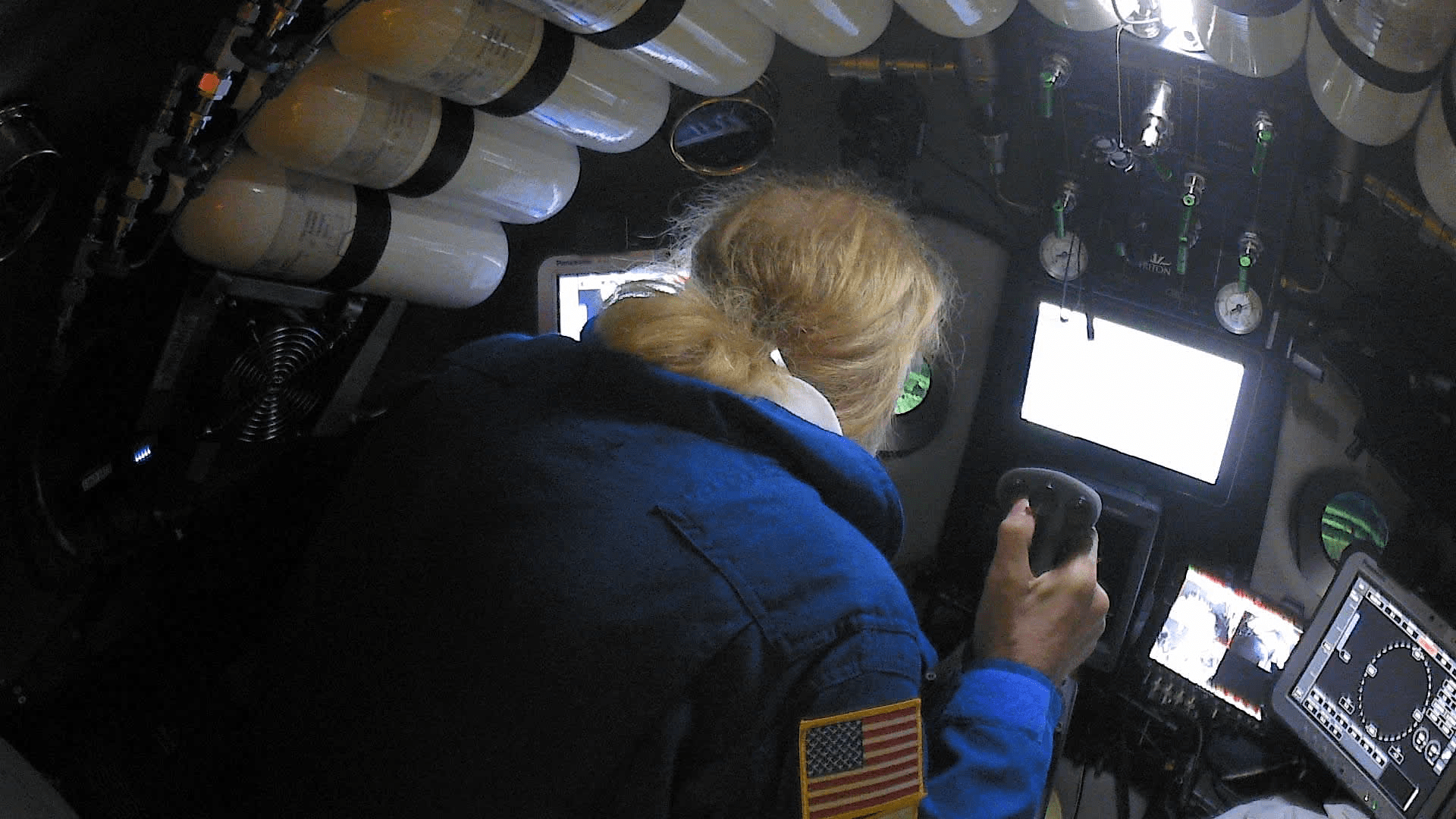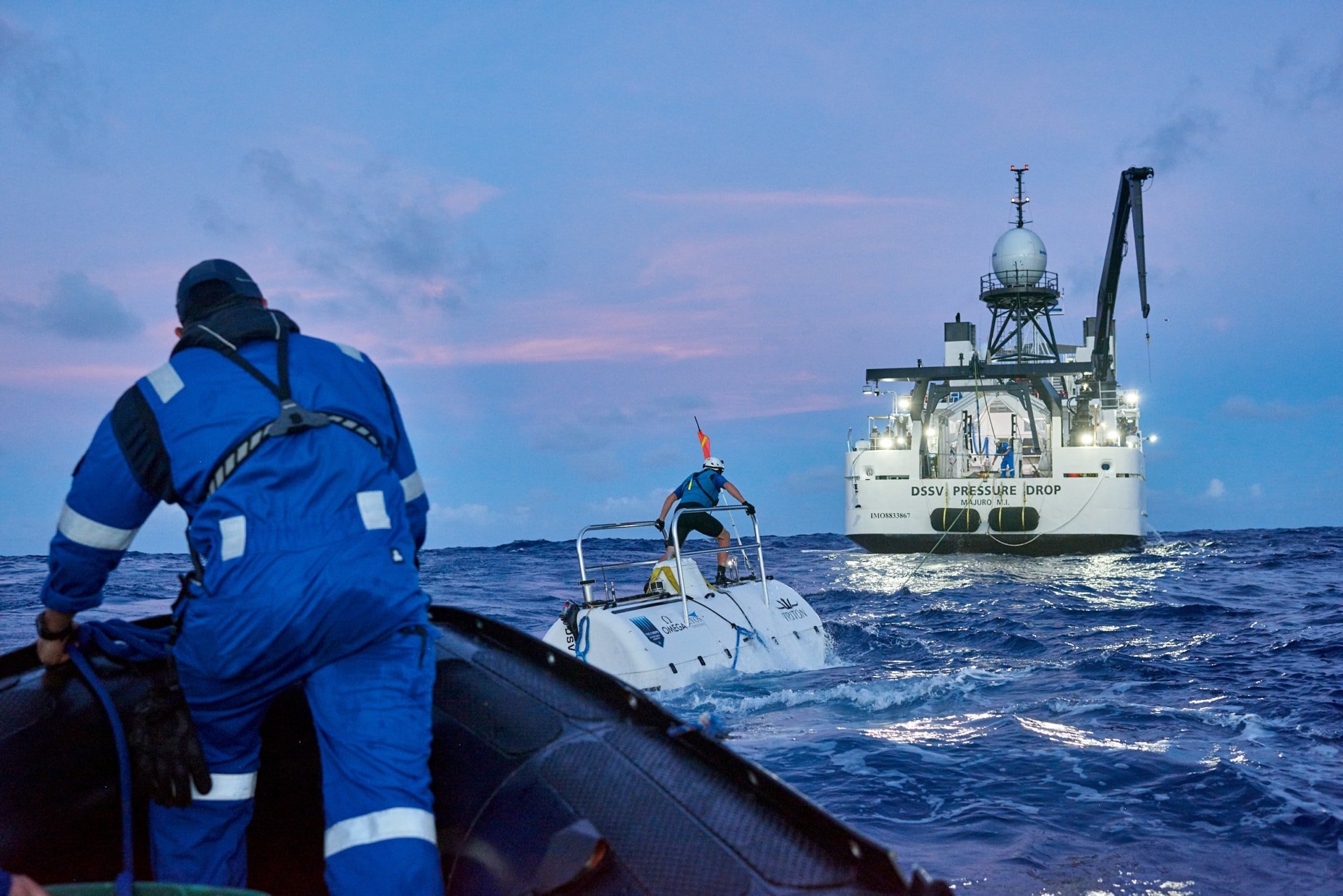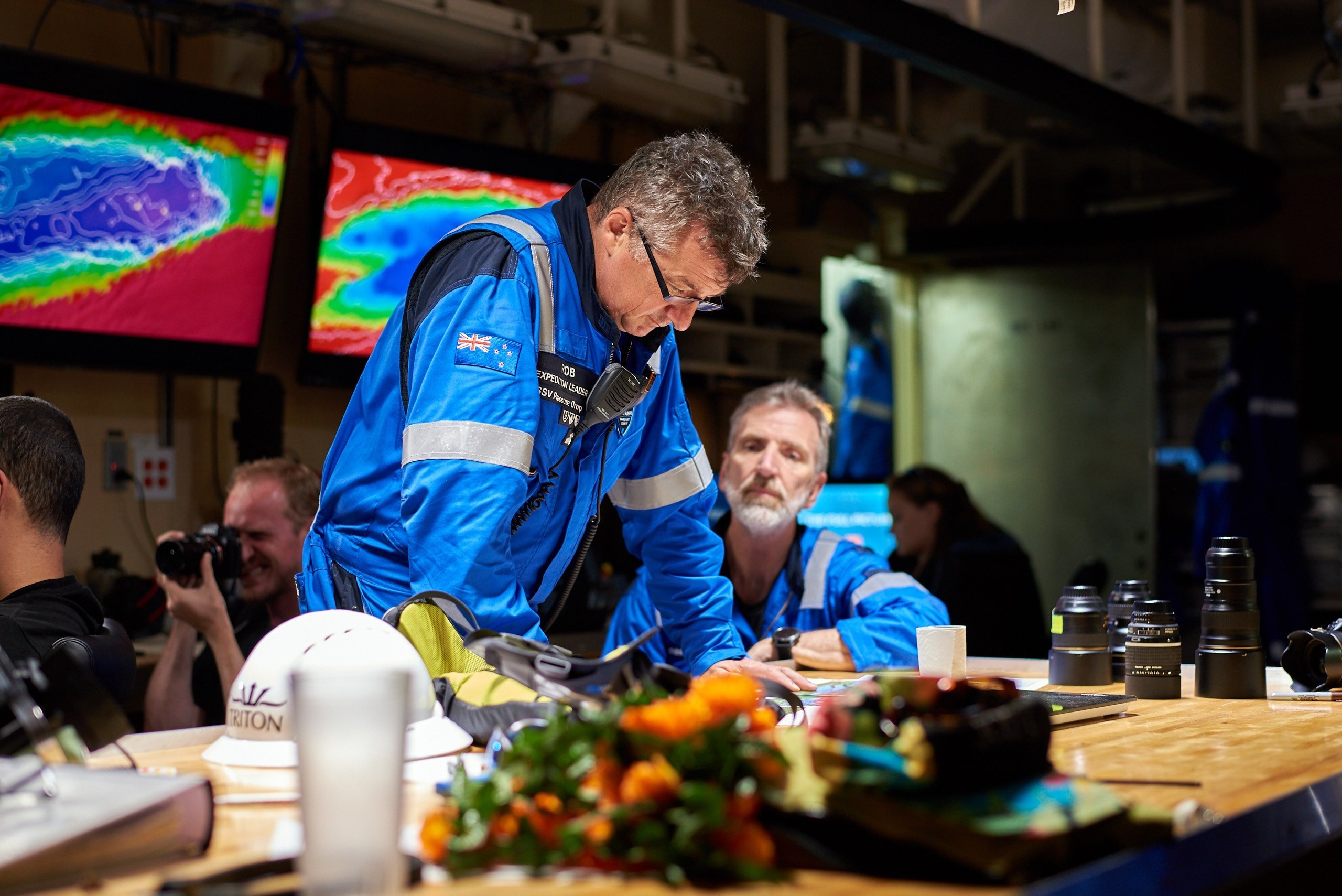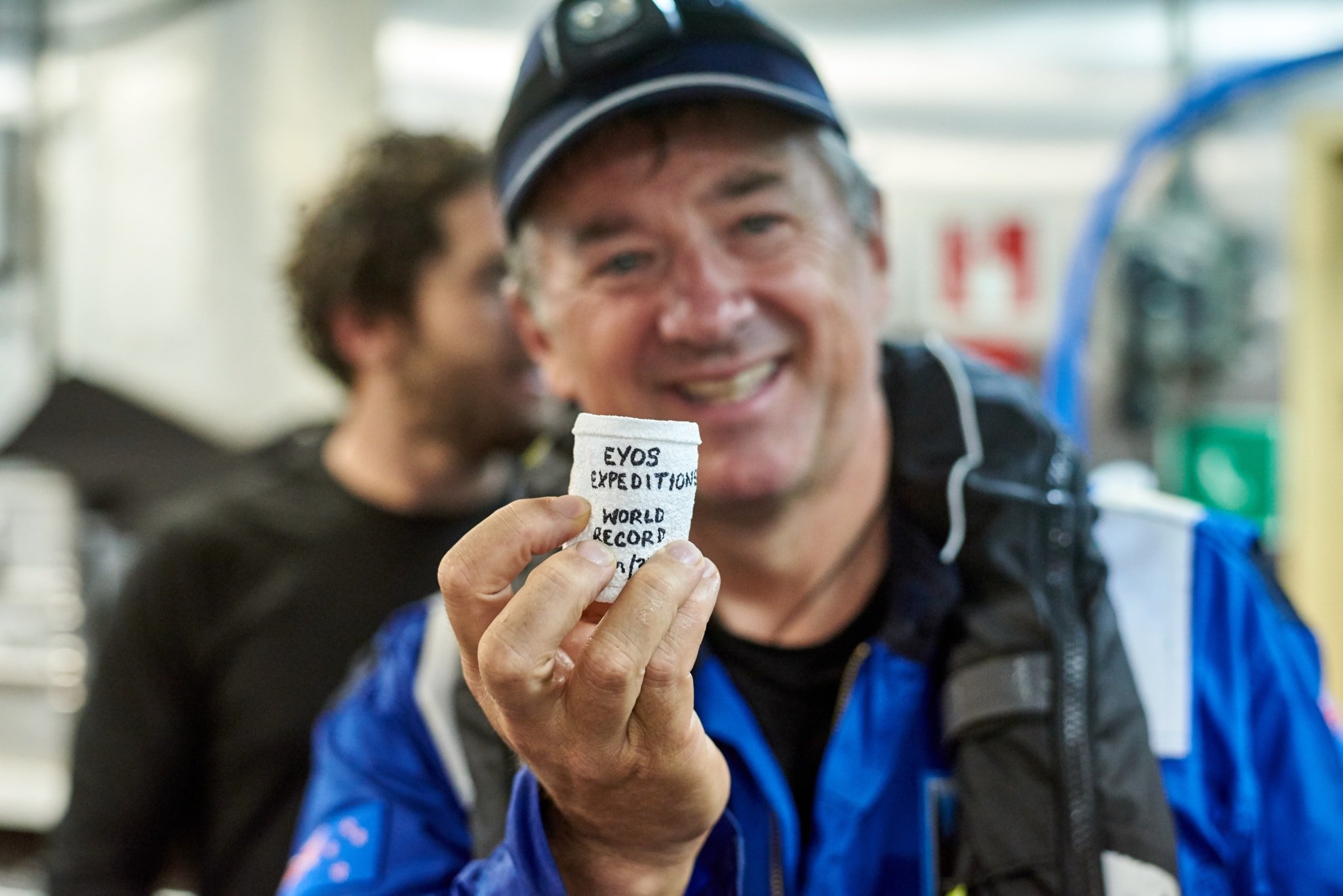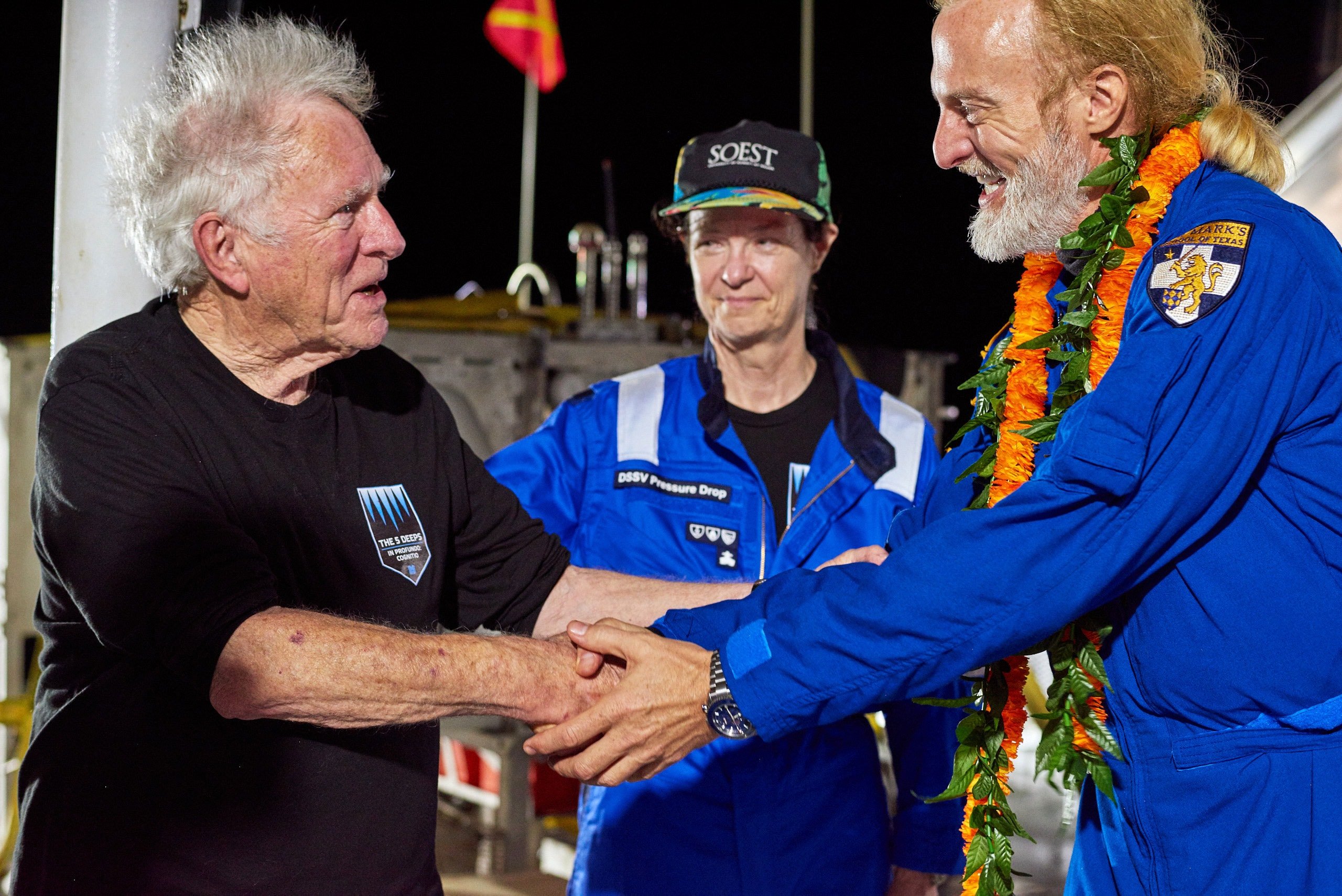Deepest ever sea dive discovers plastic rubbish

IN THE LAST month, he and his team made multiple dives to the depths of the Mariana Trench (10,928m) in the Pacific Ocean. It took 3.5 hours to reach the record-breaking depth in his 4.6m-long, 3.7m-high submersible DSV Limiting Factor, built to withstand the immense pressure of the deep (equivalent to the weight of 50 jumbo jets). “It is almost indescribable how excited all of us are about achieving what we just did,” says Victor. “This submarine and its mother ship, along with its extraordinarily talented expedition team, took marine technology to an unprecedented new level by diving – rapidly and repeatedly – into the deepest, harshest area of the ocean. We feel like we have just created, validated, and opened a powerful door to discover and visit any place, any time, in the ocean – which is 90 per cent unexplored.”
Victor spent hours exploring the bottom of the trench — a flat, beige basin covered with a thick layer of silt — collecting biological and rock samples. He found colourful rocky structures, possibly created by microbes on the seabed, other-worldly creatures . Sadly, he also spotted the ever-pervasive mark of humankind — plastic (a plastic bag and lolly wrappers). The team now plans to test the creatures they collected to see if they contain microplastics — a recent study found this was a widespread problem, even for animals living in the deep. “It was very disappointing to see obvious human contamination of the deepest point in the ocean,” Victor says.
Until now, only two people have successfully made it to the very bottom of Challenger Deep, the planet’s deepest point at the southern end of the Mariana Trench. Back in 1960, oceanographer Don Walsh was the first to make it down to the trench successfully, reaching about 10,916m. He took the journey with Swiss oceanographer and engineer Jacques Piccard. Don joined Victor aboard the ship DSSV Pressure Drop during the trip.
Movie director James Cameron then made a solo plunge half a century later in 2012 in his bright green sub, Deepsea Explorer, reaching 10,908m.
These dives are part of Victor’s Five Deeps Expedition, the world’s first manned expedition to the deepest point in each of the five oceans. The scientific team believes it has discovered four new species of prawn-like crustaceans called amphipods, saw a creature called a spoon worm 7000m down and a pink snailfish at 8000m during the dive series, which also went to the bottom of the Indian, Southern and Atlantic oceans.
As with every other previous expedition dive, the team extensively measured and mapped the operating area with sonar to pinpoint the desired dive sites. Once on the bottom, Victor or the two-person sub team of pilot and specialist usually spent 3-4 hours on the bottom conducting their survey and science missions. On average, it required 3.5 hours for the submersible to reach the bottom of the Challenger Deep and 3.5 hours to ascend. The average total mission duration lasted from 11-12 hours including one hour combined for launch and recovery of the sub from the surface, well under the submersible’s required life support endurance of four days with two persons onboard.
The final challenge will be to reach the bottom of the Molloy Deep in the Arctic Ocean, which is currently scheduled for August 2019.
With his dives, Vescovo also became the first person to have climbed Mount Everest and been to the bottom of the ocean, as well as having skied to both the North and South poles. Thus, he is the first to have completed visiting one version of the “Four Corners of the Earth”: Mt. Everest, Challenger Deep, and both geographic poles. In 2011, he completed the Seven Summits – climbing the highest peak on every continent – and has now been to the bottom of four of the world’s oceans.
We are thrilled to have Victor as our guest speaker at the 2019 AGS Gala Awards Night on 1 November in Sydney. For more information head to our Society pages.
